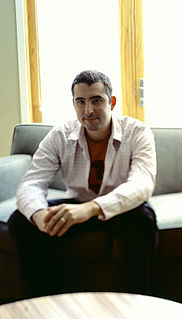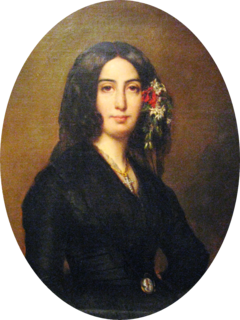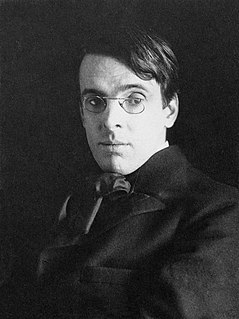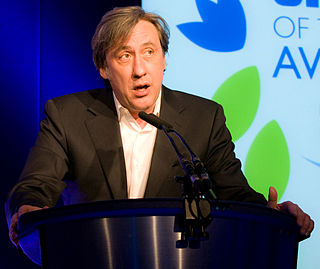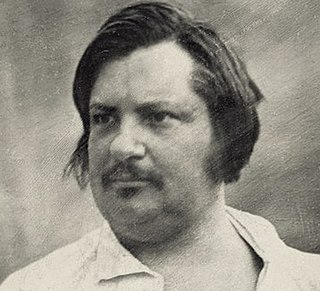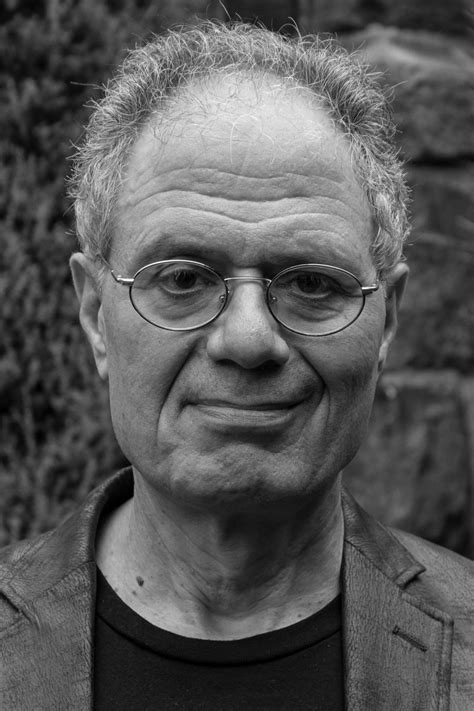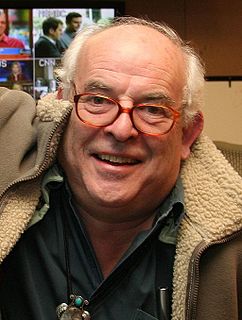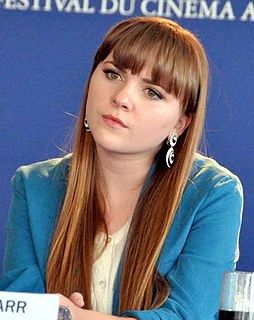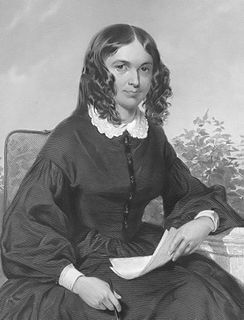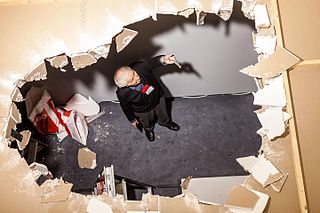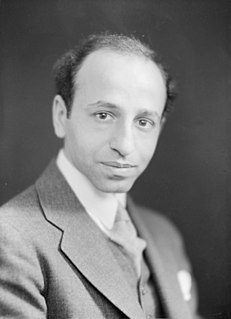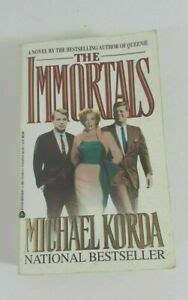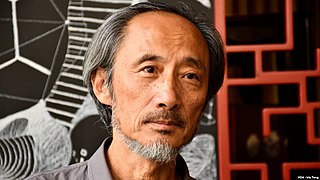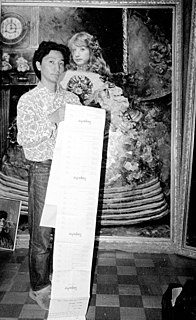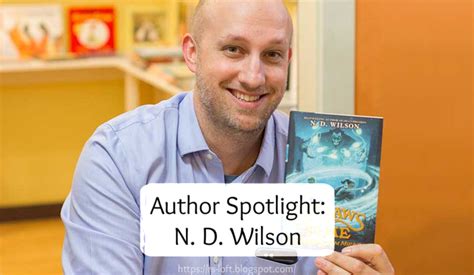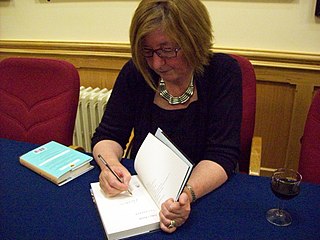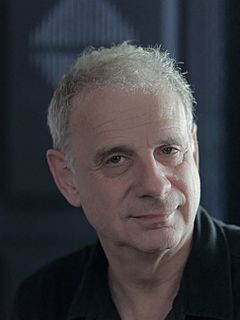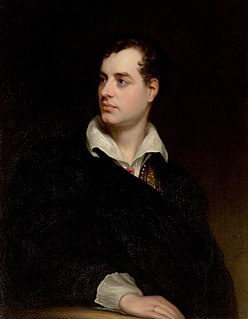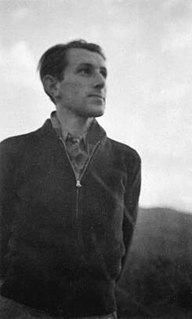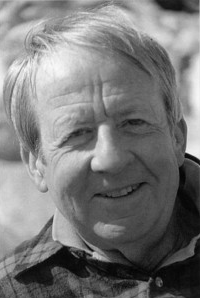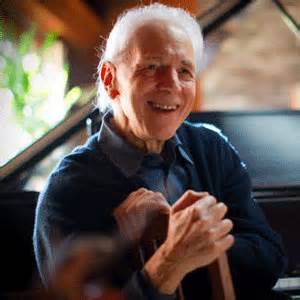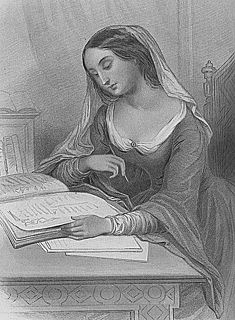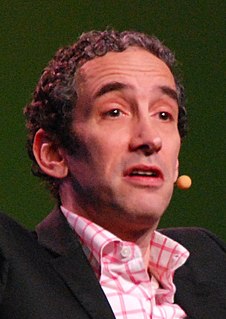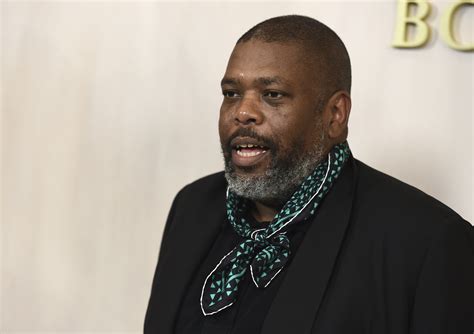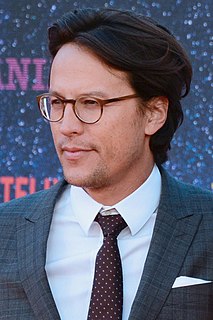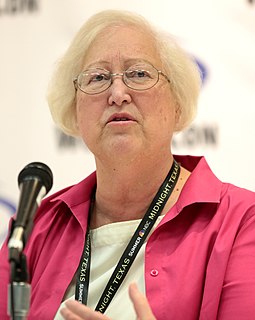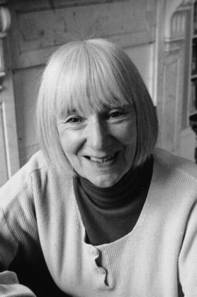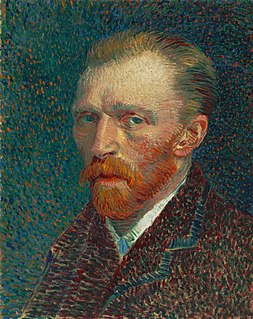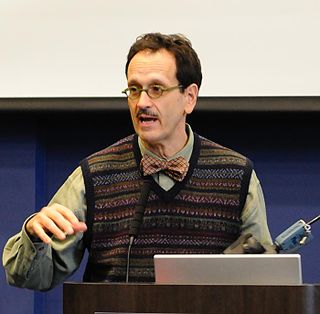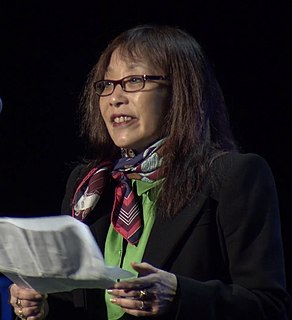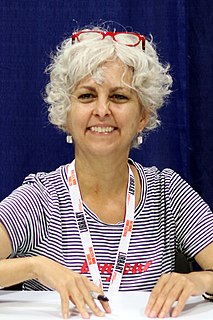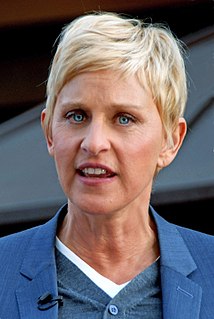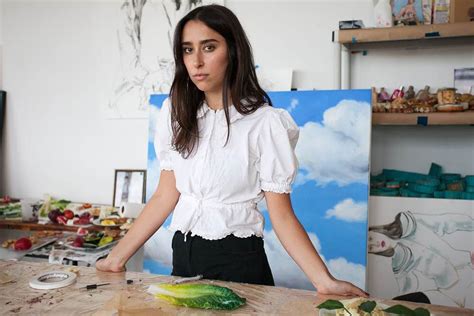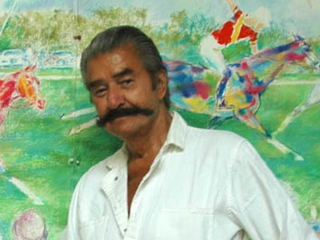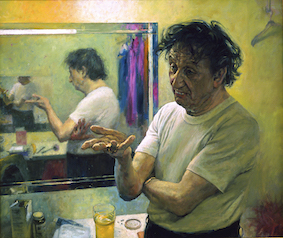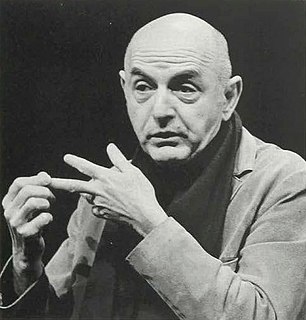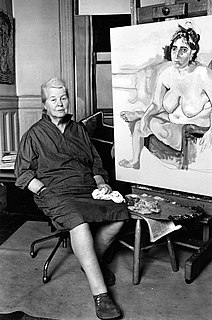Top 260 Portraits Quotes & Sayings - Page 4
Explore popular Portraits quotes.
Last updated on April 15, 2025.
Potluck Supper with Meeting to Follow is a marvel, deftly examining the connections between art and everyday life. Andy Sturdevant's lively, unique inquiries into trust fund kids, co-opted flags, gubernatorial portraits, art in second-tier cities, and Upper Midwestern esoterica, brim with both wit and humor.
My paintings are loosely based on meta narratives. The pictures float in and out of pictorial genres. Still life's become personified, portraits become events, and landscapes become constructions. I embrace the area between which the subject is composed and decomposing, formed and formless, inanimate and alive.
When I look in the mirror, I am slightly reminded of self-portraits by Durer and by Rembrandt, because they both show a degree of introspection. I see some element of disappointment; I see a sense of humour, but also something that is faintly ridiculous; and I see somebody who is frightened of being found out and thought lightweight.
Many of Bonnard's later paintings are shot through with a powerful sense of morbidity. The self-portraits he painted after catching sight of himself in the various mirrors in the house - the mirror in the bathroom or the mirror in his bedroom, still lit from above by a single accusatory light bulb - are almost appallingly raw.
Later, in a different home, I befriended a eucalypt, using a resilient bough as a trampoline. Learning nothing from having plummeted from the peppercorn, I'd bounce happily in my haven in the heavens. I loved that tree - and fully understand why Heysen, Roberts, McCubbin and the rest devoted so much time and effort to painting arboreal portraits.
The best portraits are perhaps those in which there is a slight mixture of caricature; and we are not certain that the best histories are not those in which a little of the exaggeration of fictitious narrative is judiciously employed. Something is lost in accuracy; but much is gained in effect. The fainter lines are neglected; but the great characteristic features are imprinted on the mind forever.
at last you, will say (maybe without speaking) (there are mountains inside your skull garden and chaos, ocean and hurricane; certain corners of rooms, portraits of great-grandmothers, curtains of a particular shade; your deserts; your private dinosaurs; the first woman) all i need to know: tell me everything just as it was from the beginning.
My father was a San Francisco firefighter. He also was an amateur artist. Art ran deep on his side of the family, which originated in Spain. He painted our portraits. My mom, Jacqueline, was Scots-Irish. They met in 1947 when dad played for the Houston Buffalos, a minor league baseball team affiliated with the St. Louis Cardinals.
In March 2010, I attended an art opening for Kimberly Brooks's show 'The Stylist Project' in Los Angeles. It was a starry celebration hosted by Dior and 'Vanity Fair' to benefit P.S. Arts. But even as fun-to-gape-at actresses like Christina Hendricks arrived, I couldn't take my eyes off the oil portraits.
To stroll is a science, it is the gastronomy of the eye. To walk is to vegetate, to stroll is to live.... To stroll is to enjoy, it is to assume a mind-set, it is to admire the sublime pictures of unhappiness, of love, of joy, of graceful or grotesque portraits; it is to plunge one's vision to the depths of a thousand existences: young, it is to desire everything; old, it is to live the life of the young, to marry their passions.
What is enthralling and illuminating about The Metaphysical Club is its portraits of individuals and their milieus. Menand is wonderfully deft at evoking a climate of ideas or a cultural sensibility, embodying it in a character, and moving his characters into and out of one another's lives. What might have been a jumble of intellectual movements and colorful minor figures (...) is instead a subtle weave of entertaining narrative and astute interpretation.
At first, I thought 'this series is going to be all about death and desecration,' but instead became a more complex landscape of human relationships. I hope I put something of these feelings into the portraits that I made of the characters, which were landscapes in themselves. An irony in the subject of crystal meth is how beautifully it resembles the desert sky.
That wand’s more trouble than it’s worth,” said Harry. “And quite honestly,” he turned away from the painted portraits, thinking now only of the four-poster bed lying waiting for him in Gryffindor Tower, and wondering whether Kreacher might bring him a sandwich there, “I’ve had enough trouble for a lifetime.
I love a good comedy, but the slapstick sitcom belly-laugh sort of comedy - the multicam thing - is not really where my interests lie. I'm very interested in single-cam, in intimate portraits. I like it when comedies have a little bit of realism and a little bit of darkness to them. It makes them more palatable and more relatable and grounded.
It is not merely the likeness which is precious... but the association and the sense of nearness involved in the thing... the fact of the very shadow of the person lying there fixed forever! It is the very sanctification of portraits I think - and it is not at all monstrous in me to say that I would rather have such a memorial of one I dearly loved, than the noblest Artist's work ever produced.
A lot of artists were members of the artistic union. It gave you the possibility to buy paints, canvases, brushes, even the possibility to get a studio if you had the money to build it. It also gave you the possibility to make your living by making official art and then you would get a lot of "official" commissions: portraits, paintings, murals, etc.
If it's a likeness, alone, it's not a success. If, through my portraits, you can come to know the subjects more meaningfully, if it synthesizes your feelings toward someone whose work has imprinted itself on your mind--if you see a photograph and say, 'Yes, this is the person,' with a little new insight--that is a beautiful experience.
Taking photographs is generally an act of 'looking at the object, whereas 'being seen' or 'showing' is what is most interest to one who does a self-portrait...self-portraits deny not only photography itself but the 20th century as an era as well...an inevitable phenomenon at the end of the 20th century.
I wasn't thinking of a sequel when I finished 'Life Class.' What changed my mind was the perception that the characters had a lot of life left in them, a lot of unresolved conflicts, and also I became interested in the Tonks pastel portraits of facially disfigured soldiers and in the whole area of facial reconstruction.
Memes can be visual. Our image of George Washington is a meme. We don't actually have any idea what George Washington looked like. There are so many different portraits of him, and they're all different. But we have an image in our head, and that image is propagated from one place to another, from one person to another.
And I was very successful at baby photography... Strange isn't it? Because some of my portraits of babies were - I used dramatic lighting, shadow lighting, and I didn't use flash. We didn't have flash in those days, we just had floodlights, and I was photographing babies as I would an object - an inanimate object, for that matter.
As artists, are we quasi psychiatrists who mend the soul? Do we provide the consolations, escapes, and reassurances which enable us to survive? Or are we reporters of the truth, assembling the multiple shards of reality into intricate portraits which seek out the connections between misery and blessing, violence and wisdom? Do we protect or investigate the heart?
Many billboards and magazine ads have resorted to showing isolated body parts rather than full-body portraits of models using or wearing products. This style of photography, known in the industry as abstract representation, allows the viewer to see himself in the advertisement, rather than the model.
Contented, unambitious people are all very well in their way. They form a neat, useful background for great portraits to be painted against, and they make a respectable, if not particularly intelligent, audience for the active spirits of the age to play before. I have not a word to say against contented people so long as they keep quiet.
I was on a walking tour of Oxford colleges once with a group of bored and unimpressable tourists. They yawned at Balliol's quad, T.E. Lawrence's and Churchill's portraits, and the blackboard Einstein wrote his E=mc2 on. Then the tour guide said, 'And this is the Bridge of Sighs, where Lord Peter proposed (in Latin) to Harriet,' and everyone suddenly came to life and began snapping pictures. Such is the power of books.
She stood looking carefully at the labeled portraits Ursala had put up: Little Crow, Chief of the Santees, Geronimo, last of the Apaches, and Ursala's favorite, Big Foot, dying in the snow at Wounded Knee. "Isn't that where the massacre was?" asked Ellen. "Yes. I'm going to go there when I'm grown up. To Wounded Knee." "That seems sensible," said Ellen.
Of course, pictures of objects also have this transcendental side to them. Every object, being part of an ultimately incomprehensible world, also embodies that world; when represented in a picture, the object conveys this mystery all the more powerfully, the less of a 'function' the picture has. Hence, for instance, the growing fascination of many beautiful old portraits.
The social or economic structure of the ideal state is of little concern to me. My desires are modest. Portraits of the head of the government should not exceed a postage stamp in size. No torture and no executions. No music, except coming through earphones, or played in theaters. Freedom of speech, freedom of thought, freedom of art.
Mr. Robinson and Mr. Kovite have...written a captivating coming-of-age novel that is, by turns, funny and sad and elegiac -\-\ a novel that leaves us with some revealing snapshots of America, both at war and in denial, and some telling portraits of a couple of millennials trying to grope their way toward adulthood.
My work has been about making a record of my life that no one can revise. I photograph myself in times of trouble or change in order to find the ground to stand on in the change. I was coming out of a melancholic phase. This was taken when I was traveling extensively, on the road from hotel to hotel. You get displaced, and then taking self-portraits becomes a way of hanging on to yourself.
In a foreign country it is far from easy to study a scene at length when you know that at any minute someone may appear and ask what you are doing and that you can't answer, and you haven't many references, and you don't know the law. Neither is it easy to find and know the subjects for portraits or comfortable to make such picture when you cannot apply an anesthesia of small talk.
I collect old portraits. They're all just interesting pictures of people, and you just kind of wonder who they were and what they were. There's a guy - I don't know who he is, but he's wearing a suit. He's got his arms folded, and he looks like he sold insurance or something. I'm just wondering why someone painted him.
It has been difficult to hold onto many paintings but I have retained a few. Possibly the current favorite is titled 'Big Band' completed in 2005. It measures 13 feet x 9 feet. It has 18 nearly life size recognizable portraits of the biggest jazz stars that I knew and saw perform in the 1950s, '60s, '70s, '80s and includes Wynton Marsalis.
I hate to paint portraits! I hope never to paint another portrait in my life. Portraiture may be all right for a man in his youth, but after forty I believe that manual dexterity deserts one, and, besides, the color-sense is less acute. Youth can better stand the exactions of a personal kind that are inseparable from portraiture. I have had enough of it.
I still find doing portraits a terrific challenge, but even though I've done hundreds of them, I've never stopped questioning the very nature of portraiture because it deals exclusively with appearances. I've never believed people are what they look like and think it's impossible to really know what people are.
I paint; I'm a woman but I don't paint china. The first time I got a canvas I felt free. Art is overreaction to life. I love these early drawings; they show my innocent beginnings in a small town. Life is a sentence -- you live it out. Maybe these portraits jump out at you too much. People like things that conform.
